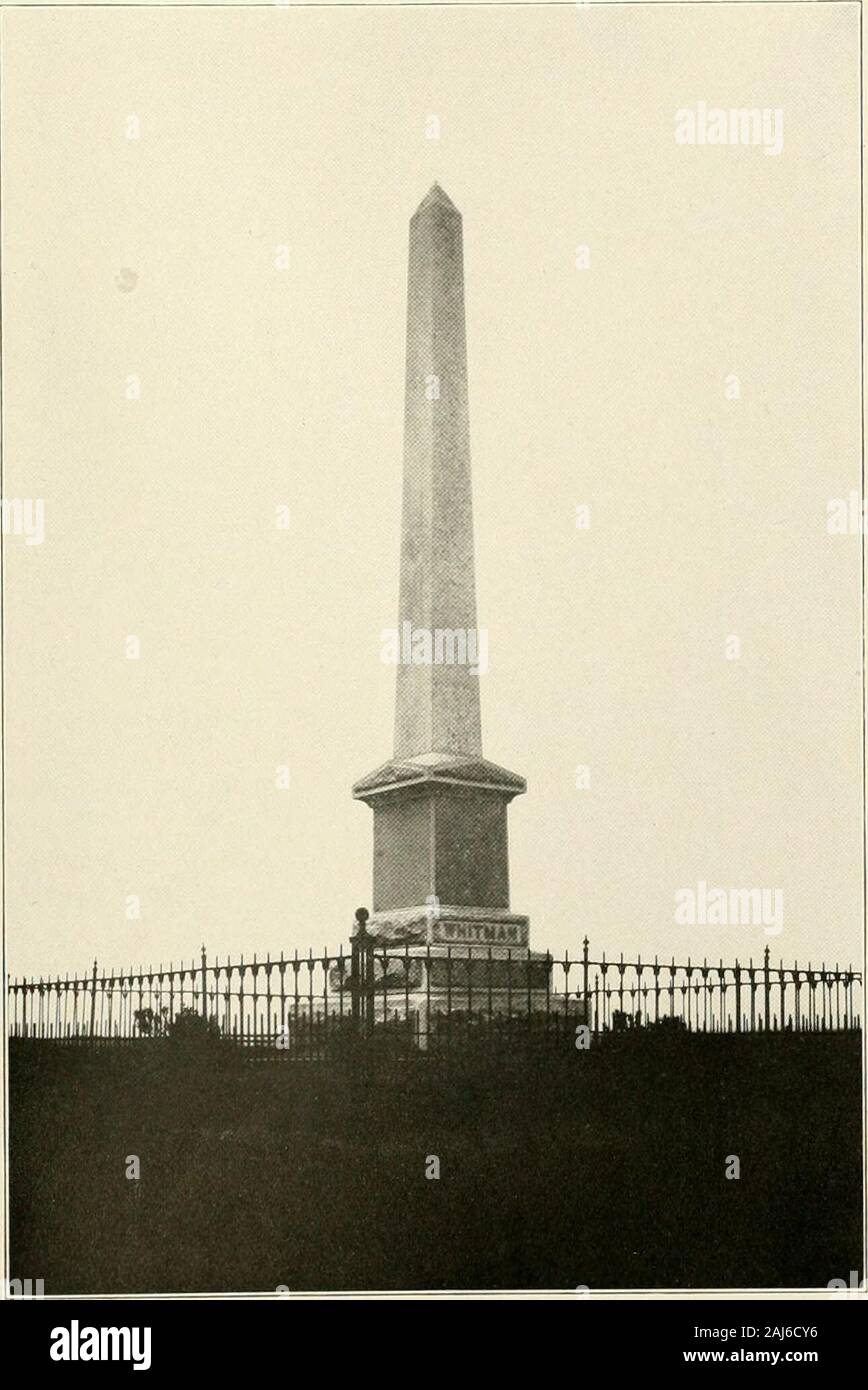Lyman's history of old Walla Walla County, embracing Walla Walla, Columbia, Garfield and Asotin counties . ment at Champoeg on the Willamette by Doctor McLoughlin duringthe years from 1829 on. Quite a little group of retired Hudsons Bay Companymen, French-Canadians with Indian wives and half-breed children, became locatedon the fertile tract still known as French Prairie. So well had the settlementthrived that in 1834, the year of the arrival of Jason Lee in the same neighbor-hood, an application was made to Doctor Provencher, Vicar Apostolic of HudsonBay, to send a clergyman to that point. No

Image details
Contributor:
The Reading Room / Alamy Stock PhotoImage ID:
2AJ6CY6File size:
7.1 MB (282.1 KB Compressed download)Releases:
Model - no | Property - noDo I need a release?Dimensions:
1292 x 1933 px | 21.9 x 32.7 cm | 8.6 x 12.9 inches | 150dpiMore information:
This image is a public domain image, which means either that copyright has expired in the image or the copyright holder has waived their copyright. Alamy charges you a fee for access to the high resolution copy of the image.
This image could have imperfections as it’s either historical or reportage.
Lyman's history of old Walla Walla County, embracing Walla Walla, Columbia, Garfield and Asotin counties . ment at Champoeg on the Willamette by Doctor McLoughlin duringthe years from 1829 on. Quite a little group of retired Hudsons Bay Companymen, French-Canadians with Indian wives and half-breed children, became locatedon the fertile tract still known as French Prairie. So well had the settlementthrived that in 1834, the year of the arrival of Jason Lee in the same neighbor-hood, an application was made to Doctor Provencher, Vicar Apostolic of HudsonBay, to send a clergyman to that point. Not till 1837 could the request be ful-filled. In that year Rev. Modeste Demers went to the Red River, and the follow-ing year, in company with Rev. Francis N. Blanchet, resumed the journey toOregon. In the progress of their journey they stopped at Walla Walla for a day.Reaching Vancouver on November 24, 1838. they entered with zeal and devotionupon their task of ministering both to the whites and Indians. Remaining at Van-couver till January, 1839. Father Blanchet started on a regular course of visita-. WHITMAN ilOXr.MICXT AT WAIILATIU, WALLA WALLA SL MILJ:S WEST OF OLD WALLA WALLA COUNTY 81 tions, going first to the settlement on the Willamette where there were twenty-sixCatholic families and where the people had already constructed a chapel. Nexthe visited Cowlitz Prairie, where there were four families. These stations were, ofcourse, outside of the scope of the present work, but reference to them indi-cates the time and place and manner of starting the great series of Catholic mis-sions which soon became extended all over Oregon. While Father Blanchet wasat Cowlitz, his fellow worker, Demers, started on an extended tour of the upperColumbia region. In the course of this he visited Walla Walla, Okanogan, andColville, starting work among the Indians by baptizing their children. From thattime on Father Demers or some one of the Jesuit priests made annual visits toWalla Walla, ad